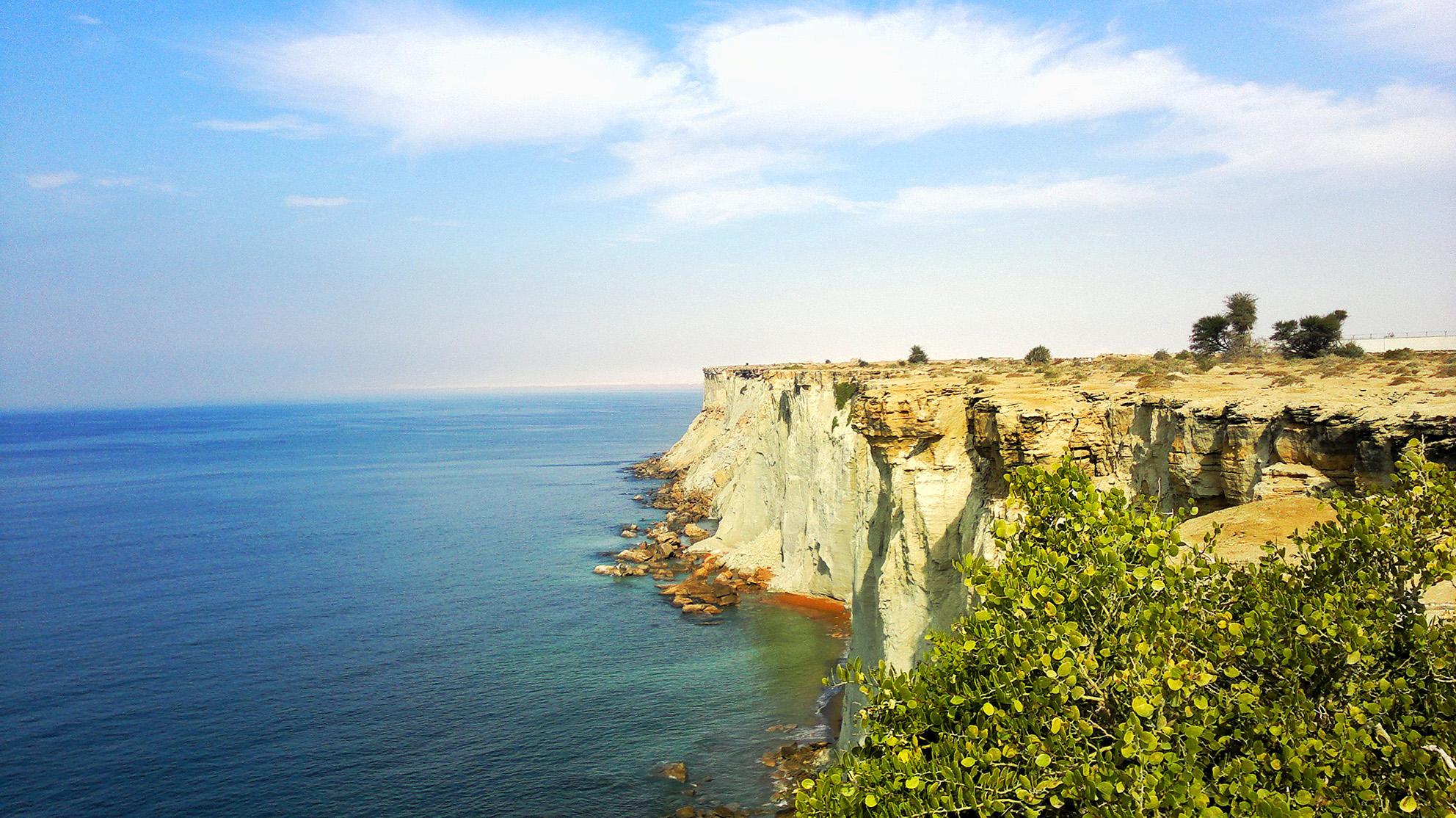For Iranians, hearing the name of Sistan-Baluchestan conjures up stories of drought, desiccated wetlands and dust storms. For foreigners considering traveling to Iran, it is reminiscent of the big red blot on the Iran safety map carried by the website of their respective countries' foreign ministry.
The southeastern province's porous border with Afghanistan and Pakistan has made it a point of entry for smugglers looking to distribute their products in Iran, which has compelled various nations to advise against all travel to this otherwise historical region.
Shunned by foreign travelers, Sistan-Baluchestan is looking to overhaul its image and promote itself as a safe destination with plenty to offer in the coming year (starting March 21).
"Given what's out there [in the media] about Sistan, the province needs to completely revamp its image," Ali Osat Hashemi, governor-general of Sistan-Baluchestan Province, told reporters on Wednesday.
He said the notion that the province is unsafe is false and "measures should be taken to correct that before it takes a toll on the region's development", ILNA reported.
"Instead of getting stuck in the gridlock on the way to northern Iran, why not travel here?" the official said, referring to chronic traffic jams on roads leading to the country's northern regions during long holidays.
Hashemi suggested that part of the reason for the commonly-held belief is that the province borders two relatively unstable countries.
"However, cities such as Baneh and Marivan (in Kurdestan Province bordering Iraq), which were considered unsafe until recently, have witnessed a substantial rise in tourism—Sistan can do that, too," the chief provincial official said.
Why Sistan-Baluchestan?
The southeastern province is home to two world heritage sites: Shahr-e-Soukhteh (Persian for Burnt City) and Lut Desert—Iran's first natural world heritage site (shared between Sistan-Baluchestan and Kerman).
The massive province has four airports, while construction is underway to build a fifth in Chabahar, a port city on the coasts of the Sea of Oman.
Discussions are underway to launch a cruise line between Chabahar and Khasab in Oman, which Hashemi said will give a major boost to tourism.
"People who travel to Chabahar or Khasab can take a 3.5-hour cruise to visit the other city, which helps tourism on both sides of the sea," he was quoted as saying by the Persian daily Donya-e-Eqtesad.
Another attraction is the so-called Martian Mounts. Stretching parallel to Makran Coast, from Kachoo Village up to the proximity of Gwadar Bay, are the mesmerizing Martian Mounts, a type of badlands. These mounds are regarded as symbols of Chabahar’s unique geomorphology. Plans to establish roadside facilities are progressing steadily.
"Prior to the current government coming to power [in 2013], there were only 11 roadside lodging in the entire province, but by the yearend [March 20], we will increase that number by 25," he said, adding that the goal is to build another 19 motels.
Officials are also working on developing the region's marine and ecotourism, hoping to tap into the region's access to the sea and unspoiled natural landscapes.
A strip of land stretching along the southern border of Sistan-Baluchestan is home to mangrove forests that are replete with diverse species of seabirds such as flamingos and herons.
The province plans to build four seaside resorts and encourage investment in ecolodges.
"We've issued licenses to 44 ecolodges this year, two of which will be ready to host tourists in Norouz (Iranian New Year)," Hashemi said.


